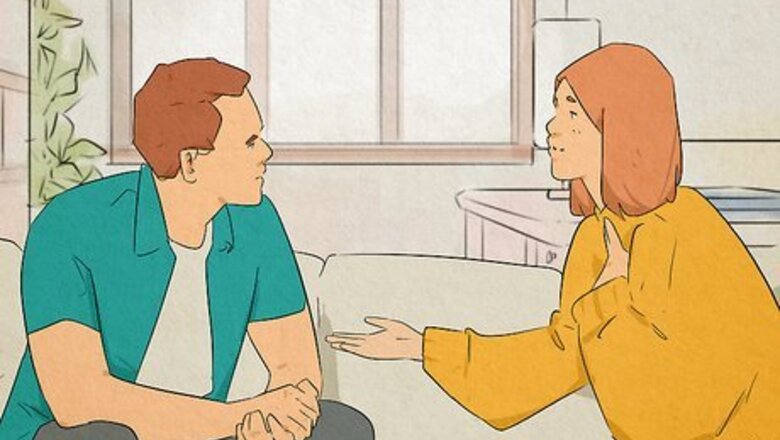
views
Do 1 vulnerable action a day.
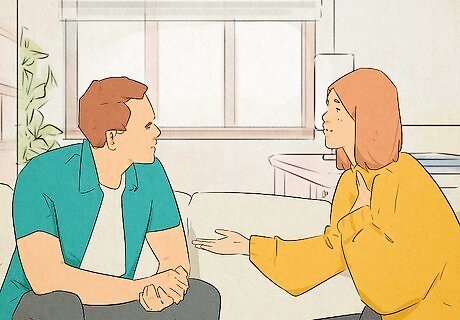
Take your time moving past avoidance. It’s tough to transform your entire attachment style in a day, but by opening yourself up gradually, you can see real changes in how you relate to others. Slow progress leads to solid improvement, so try taking one of these actions each day: Spending time with someone when you’d rather withdraw Confessing a weakness about yourself Asking someone else for help
Communicate your needs openly.
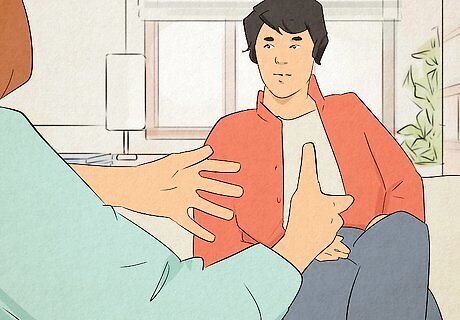
Open communication keeps expectations clear. In any relationship, it’s important to have a good understanding of what each person’s responsibilities are to one another. In your relationships with others, let them know upfront what needs you have for personal space. This can prevent resentment from building up over time. You might try saying something like, “I really value my relationship with you, but having some personal space is also really important to me. What can I do to make you feel cared for?” When you’re in a conflict with someone, instead of immediately withdrawing, say something like, “I think I need a break from this conversation, but I promise that we can continue it this evening.” If showing vulnerability is difficult for you, say something like, “It’s tough for me to open up on my own. But if you ask me questions, I’m happy to answer them.”
Use respectful language when asking for space.

Let the other person know personal space is just your preference. Sometimes, people with avoidant attachment styles can confuse their preference for space with other people being needy. By acknowledging that your request for space is about you, not them, you can keep your relationships feeling secure for both you and the other people in your life. Try using “I-statements” instead of “you-statements.” For example: Instead of saying, “You’re needy,” say, “I really appreciate that you care for me. I feel the same way, but in order to feel comfortable, I also feel like I need space.” Instead of saying, “You’re too demanding,” say, “I find it hard to open up to others. I know you’re a kind and trustworthy person, and I’ll do my best to open up more.” Instead of saying, “You’re too clingy,” say, “I know you want to talk more often. I feel stressed sometimes when there’s pressure to respond immediately, but I promise I’ll get back to you within a few hours.”
Challenge avoidant thoughts.
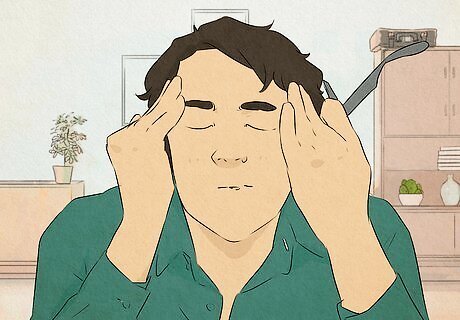
Logical thinking can halt avoidant tendencies. When you feel yourself feeling the urge to withdraw or experiencing negative emotions about expressing your feelings, try asking yourself a series of questions to see how rational these thoughts are. Getting into the habit of doing this can help you overcome your avoidant attachment style. For example, ask yourself questions like: “Is it a fact that someone is being too needy, or is it just a thought?” “Does my past bad relationship mean this one is also bound to be bad?” “Am I being too harsh about this person based on a single event?” “Does spending more time with this person really mean that I’m not self-reliant?” “Am I assuming this is just the way I am, and that I can’t change?”
Keep an emotions journal.
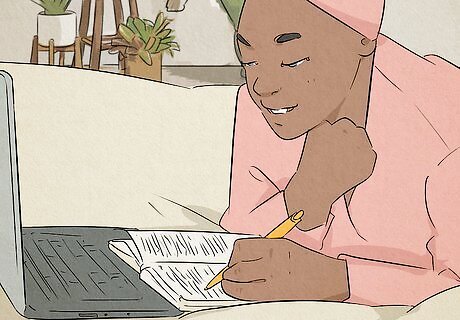
Journaling helps you keep track of your progress. Keeping a daily journal of your emotions gives you the chance to understand patterns in your relationships and feelings. This can be a great way to work out your feelings and to provide yourself with insight into how your attachment style functions in your daily life. When journaling, ask yourself prompts like, “How did I express myself to other people today?” or “Do I have any fears about my relationships right now? Why?” Be sure to go back and read earlier journal entries every week or so. You might be surprised by your progress.
Practice putting yourself in your partner’s shoes.

Work on empathy to see your relationships in a healthier light. Often, people with avoidant attachment styles tend to struggle to understand other people’s emotional cues. By consciously putting yourself in their shoes, you can get a better understanding of how the needs of other people aren’t something scary or to be avoided, but are instead normal and natural. Ask yourself questions like: “How might my partner feel about my behavior?” “What needs does my partner have, and how can I best meet them?” “Are my needs really so different than my partner’s? Where is the common ground?”
Show affection in verbal and non-verbal ways.

Affection doesn’t have to be planned in advance. Often, people with avoidant attachment styles tend to think of expressing affection as only occurring within certain contexts, like having sex. But by making a conscious effort to express affection in different ways, you can ease yourself into a deeper and more secure relationship without having to think about it as a task to accomplish. For example: Be conscious of your body language in your relationships. Try to sit or stand face-to-face with the people in your life and make eye contact. Offer people in your life compliments and verbal indications that you appreciate them. If you and the other people in your life feel comfortable with it, casually touch them by making non-sexual physical contact or offering them a hug. Patting someone on the back and holding hands are other good forms of non-verbal affection.
Spend time with securely-attached people.

Securely-attached people give you a model for healthy relationships. Think about who in your life you might be able to describe as having a secure attachment style, whether they’re a romantic partner, a platonic friend, or a family member. Just by being around them, you can naturally begin to overcome your avoidant tendencies. Some signs that someone has a secure attachment style include: Comfort with expressing feelings, hopes, and needs Being willing to rely on others for support and have others rely on them An ability to communicate openly, respectfully, and clearly when experiencing conflict A sense of appreciation for their own self-worth
Build security by asking intimacy-building questions.

Opening up can be easier when it’s an activity. Research has indicated that by trading responses with your partner on a number of intimacy-building questions, people with avoidant attachment styles can make themselves more comfortable with vulnerability. Respond to some of the following questions with your partner: What roles do love and affection play in your life? What is something you like about your partner that you wouldn’t tell someone you just met? Can you remember a moment in your life that was really embarrassing? Talk about a personal problem with your partner and ask them for advice. Then, ask them to tell you how you seem to be feeling about that problem.
Practice intimacy-building exercises.
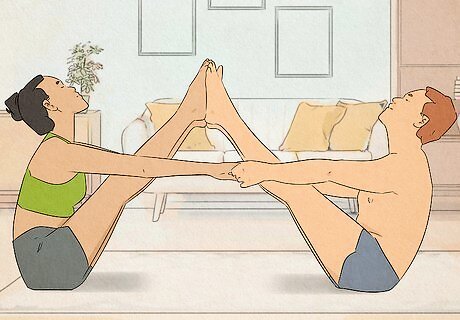
Activities like partner yoga increase comfort in relationships. Studies have shown that after participating in an intimacy-building physical exercise, people with avoidant attachment styles tend to feel more secure in their relationships. So, if you’re in a relationship, try inviting your partner to get active with you. If partner yoga isn’t something you’d like to try, opt for another kind of partnership-based physical activity, like rock-climbing or even a brisk jog together.
Seek professional support.
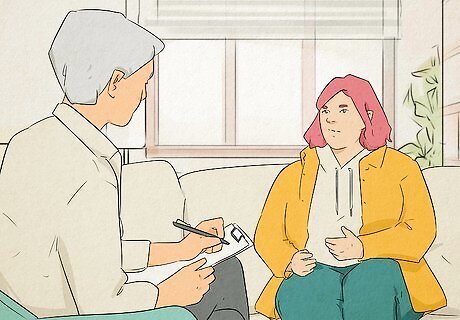
A therapist can help you shift your attachment style entirely. Therapy can give you the space you need to work out some of the early childhood experiences that might have led to your attachment style as an adult. Finding a therapist trained in attachment theory can help you shift your attachment style from insecure and avoidant to secure and healthy. If therapy isn’t an option, try directing yourself through a self-help workbook for people with avoidant attachment styles.















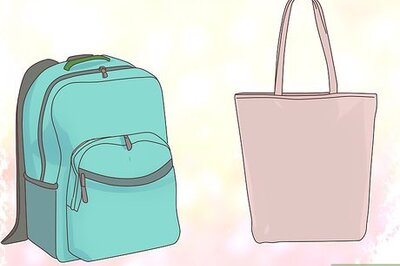

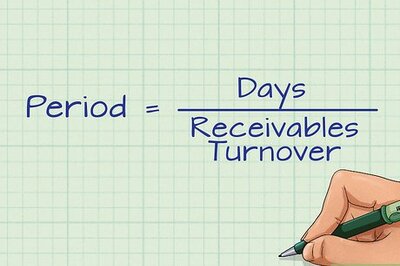
Comments
0 comment